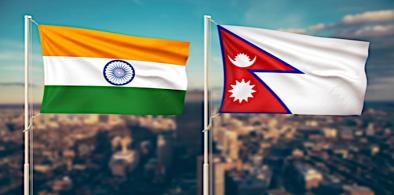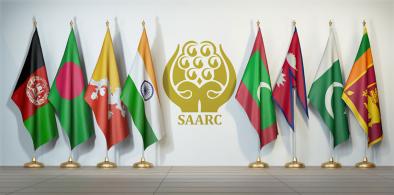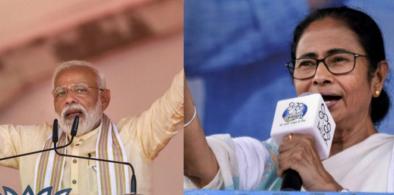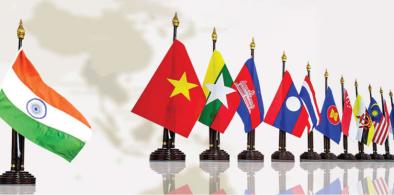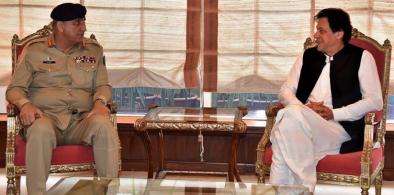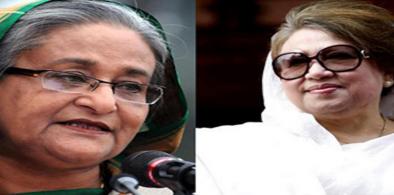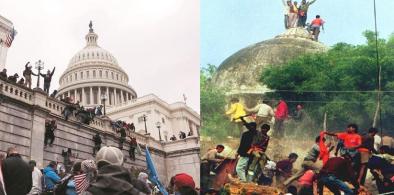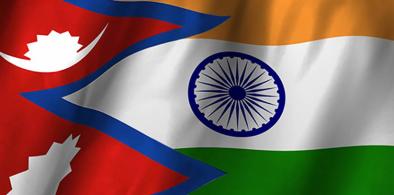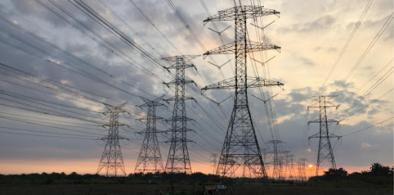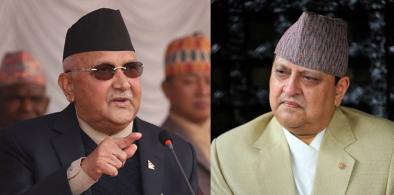With SAARC stalled, India must prioritize regional and sub-regional alternatives to recalibrate its neighborhood strategy and its overall foreign policy, writes Don McLain Gill for South Asia Monitor
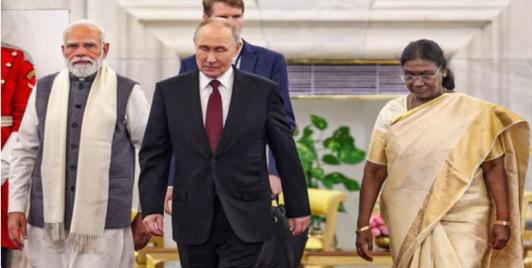
In Putin Visit India Reasserts Its Strategic Autonomy
The visit has also proved crucial for Putin in terms of international optics where the world’s largest democracy and its prime minister offered sanguine words to him. Although pomp and circumstance often attend such visits, it is not inconceivable that some of that was aimed at sending a signal to President Donald Trump, particularly on the question of his pressure on Modi to altogether stop importing Russian oil as well as a punitive 25% tariff on New Delhi in response to that.
The Cartography of Power: Why the India–Nepal Border Dispute Will Shape South Asian Geopolitics
Ultimately, the India–Nepal border dispute is not only about the origin of a river. It is about how neighboring countries engage with shared history, evolving national identities, and shifting geopolitical environments. In a region shaped by growing strategic competition and enduring historical legacies, the conversation around Kalapani and Lipulekh remains a significant chapter in South Asian diplomacy
India-Russia Civil Nuclear Cooperation: Why So Crucial And The Road Ahead
Amid fragmented supply chains, the Russia-Ukraine war, Russia-China convergence, and escalating US-China tensions, India’s nuclear cooperation with Russia helps hedge against overdependence on the West and ensures Moscow remains embedded within India’s strategic ecosystem. While Russia needs stable export markets, India needs dependable technology and supply chains — a mutual dependence strengthened by sanctions and geopolitical flux.
The Muslim Brotherhood’s Ideological Insurgency Poses A Transnational Challenge
The Brotherhood’s strategy is global. In India, pro-Palestinian protests have been weaponized by groups including Jamaat-e-Islami, Jaish-e-Muhammad, Lashkar-e-Taiba, ISIS-linked entities, and Pakistan’s ISI to stoke communal hostility and recruit young Muslims into political Islam. Hundreds of millions of dollars have been funneled toward campus radicalization, media manipulation, and political influence campaigns that demonize Hindus and normalize Islamist narratives.
Battle for Bengal: Can Mamata Banerjee survive the BJP onslaught?
The rapid growth of the BJP in West Bengal since the 2014 parliamentary elections can unquestionably be seen as a turning point in the state's turbulent politics, writes Asif Rameez Daudi for South Asia Monitor
India beefs up air force with indigenous fighter jets: Dawn of a new era in military self-reliance
The most crucial justification for acquiring home-grown and home-built hardware is the military’s expectation that overhaul and replacement of parts, as well as repair of battle damage will be undertaken by the domestic industry in a most expeditious manner, writes Admiral Arun Prakash (retd) for South Asia Monitor
Is India headed for economic autarky?
The upshot of an inward-looking regime is a diminishing extent of trade openness - a sharp contrast with the East Asian miracle economies that prospered with export-orientation, writes N Chandra Mohan for South Asia Monitor
Is Imran Khan proxy for Pakistan Army's 'minus two' gambit?
The most significant thing at the several ‘jalsas’ (protest rallies) that opposition have been organising across the country in Pakistan is to challenge the army’s role and, for the first time, the top brass is being named, writes Mahendra Ved for South Asia Monitor
Bangladesh: When democracy becomes a 'hybrid regime'
According to the EIU, for a decade Bangladesh has been in the middle of an autocratic and flawed democratic system, known as the hybrid regime, writes Mahmudul Hasan for South Asia Monitor
Black days: January 6, 2021 in the US, December 6, 1992 in India
It is clear, therefore, that the politics of polarization which divides the citizens of a country - whether in the US, India or countries in Europe - between nationalists and anti-nationals is here to stay, writes Amulya Ganguli for South Asia Monitor
William Burns, who guided India-US nuclear deal but is critical of Modi, named CIA chief
Drawing on his experience of working with New Delhi, Burns wrote in what could be his roadmap for relations between New Delhi and Washington, emphasising continuity saying that it was bigger than the ties between President Donald Trump and Prime Minister Modi, writes Arul Louis for South Asia Monitor
Nepal and India: A shared history of subversion of democratic norms
Nepal’s story is not much different than that of India’s. Nepal’s prime ministers - Girija Prasad Koirala (1994), Manmohan Adhikari (1995), and K P Sharma Oli (2020-) have taken steps to dissolve the house despite their parties’ being in majority, write Jivesh Jha & Alok Kumar Yadav for South Asia Monitor
Hate and right-wing politics: Only secularism can ensure peace among communities
If white supremacism is the basis of right-wing politics in America and Europe, Hindu supremacism is in India. Both have their roots in the concept of the "Master Race" and the "Chosen Land", writes Amulya Ganguli for South Asia Monitor
South Asia’s energy cooperation: Politics can play the spoiler
South Asia’s diverse topography lends itself to greater cross-border power trade, but political inhibitions have ensured that actual progress has been less than the potential, writes N Chandra Mohan for South Asia Monitor
Polarization and its corrosive implications: US happenings have lessons for India
Polarization over the prevailing socio-political orientation since Prime Minister Narendra Modi assumed office has been marked and a bitter sectarian fissure has emerged in India, writes Cmde C Uday Bhaskar (retd) for South Asia Monitor
Bangladesh needs to resolve Rohingya crisis with help of regional countries
India is now a non-permanent member of the Security Council from January 2021. Following this, India has expressed interest in holding talks with Bangladesh and Myanmar on safe, dignified, and sustainable repatriation of Rohingya, writes Mohammad Rubel for South Asia Monitor
Is monarchy the answer to Nepal's 'unsuccessful' democracy?
Nepal scarcely has political ground prepared for the king to return to the throne. The monarch also blatantly failed to deliver and fulfill their promises even when it had absolute power in the country's economic development, writes Bishesh Joshi and Laavesh Thapa for South Asia Monitor
India should take lead in shaping global maritime conventions to protect seafarers
Presently, there are almost two million seafarers worldwide with a significant number from the South Asian sub-continent. Indians in fact constitute the third-largest number of seafaring officers in the world, writes Cmdre Anil Jai Singh (retd) for South Asia Monitor


